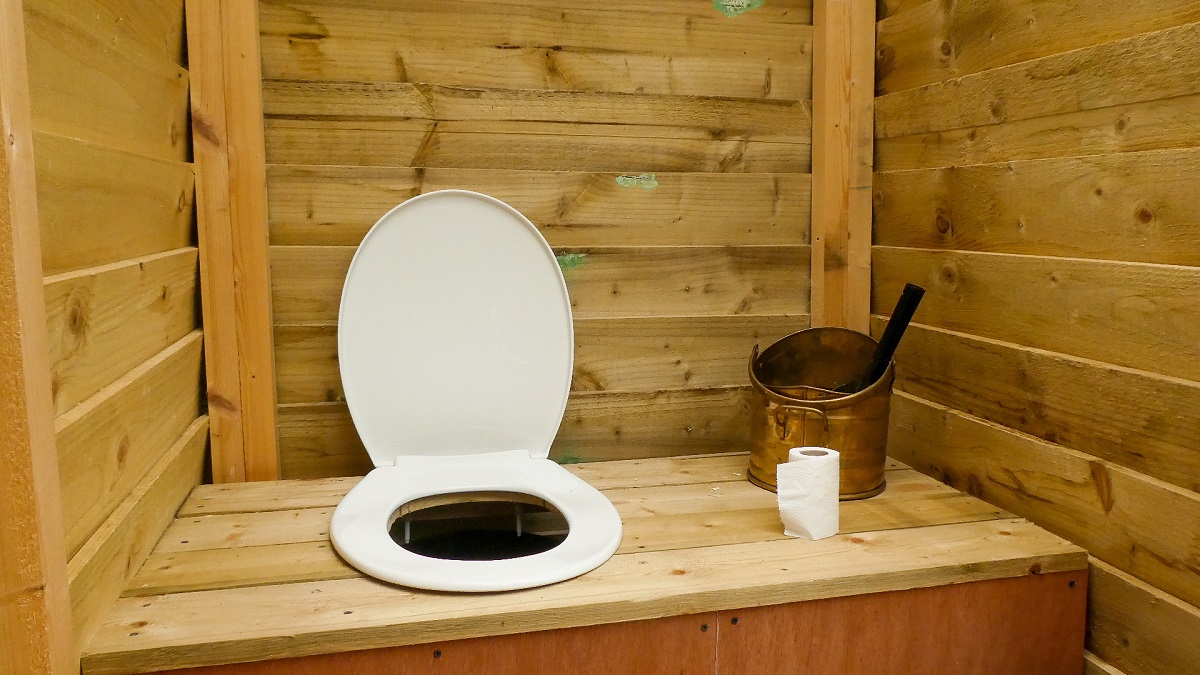

Articles
How To Use A Composting Toilet
Modified: March 24, 2024
Learn how to use a composting toilet with our informative articles. Discover eco-friendly tips and maintenance techniques to ensure a sustainable and odor-free experience.
(Many of the links in this article redirect to a specific reviewed product. Your purchase of these products through affiliate links helps to generate commission for Storables.com, at no extra cost. Learn more)
Overview of Composting Toilets
Composting toilets are an innovative and environmentally friendly alternative to traditional flush toilets. They offer a sustainable solution for waste management, transforming human waste into a rich, nutrient-dense compost that can be used in gardening and landscaping.
Unlike flush toilets that require water and a complex sewage system, composting toilets operate on the principle of decomposition. They use a combination of natural processes, such as aerobic bacteria and organic materials, to break down solid waste into compost.
Composting toilets come in various designs, but they all share the same goal of minimizing water usage and reducing the impact on the environment. They can be used in a variety of settings, including homes, cabins, RVs, boats, and remote areas without access to traditional plumbing systems.
One of the key advantages of composting toilets is that they help conserve water. According to the Environmental Protection Agency (EPA), conventional flush toilets can use up to 1.6 gallons of water per flush. In contrast, composting toilets require little to no water for operation. This not only reduces water consumption but also eliminates the need for costly and energy-intensive wastewater treatment.
Moreover, composting toilets help to minimize soil and water pollution. Traditional toilets that use water flushing contribute to the pollution of freshwater sources with harmful chemicals found in human waste. Composting toilets, on the other hand, facilitate the natural breakdown of waste materials, eliminating the release of pollutants into the environment.
Composting toilets are also versatile and adaptable to different situations. They can be installed in both permanent and temporary structures, making them ideal for off-grid living or sustainable building projects. Additionally, they come in self-contained units or separate components that can be customized to fit specific needs and space constraints.
It is important to note that using a composting toilet requires some understanding of the composting process and proper maintenance. To ensure the best results, it is crucial to follow specific guidelines for setting up the system, managing the composting process, and disposing of the compost.
In the following sections, we will delve deeper into the basics of composting toilets, discuss how to choose the right one for your needs, provide guidance on setting up and maintaining your composting toilet, address common troubleshooting issues, and explore the benefits and considerations of using these eco-friendly toilets.
Key Takeaways:
- Composting toilets offer a sustainable, water-saving, and environmentally friendly alternative to traditional flush toilets. They transform waste into nutrient-rich compost, reducing water consumption and minimizing pollution.
- Proper maintenance, understanding the composting process, and choosing the right type of composting toilet are essential for maximizing the benefits and effectiveness of this eco-friendly waste management solution.
Read more: How Much Is A Composting Toilet
Understanding the Basics of Composting Toilets
Composting toilets operate on the principle of composting, a natural process that involves the decomposition of organic material into nutrient-rich compost. By harnessing the power of microorganisms and aerobic bacteria, these toilets transform human waste into a safe and valuable resource.
There are two primary types of composting toilets: self-contained units and central composting systems. Self-contained units, also known as batch composting toilets, are designed to handle both urine and solid waste in a single chamber. They utilize a separation system to collect urine separately, preventing it from mixing with solid waste and facilitating the composting process.
Central composting systems, on the other hand, consist of separate composting chambers for urine and solid waste. These systems require more space and are commonly used in larger-scale applications, such as communal areas or commercial settings.
The composting process in these toilets relies on a few key factors: carbon-rich materials (such as sawdust or wood chips), nitrogen-rich waste (human waste, food scraps), oxygen, and moisture. The proper balance of these elements is crucial for the efficient decomposition of waste.
When using a composting toilet, waste is deposited into the designated chamber or compartment, typically located beneath the toilet seat. Carbon-rich material, often referred to as “bulking agent,” is added after each use to optimize the composting process and neutralize odors. This can include sawdust, wood shavings, or coconut coir.
The aerobic bacteria present in the composting toilet break down the organic material, including feces and toilet paper, into smaller particles. As the composting process continues, temperatures rise and reach levels that eliminate pathogens and harmful bacteria, ensuring the safety of the final compost product.
Proper ventilation is essential in composting toilets to maintain oxygen levels and prevent the accumulation of unpleasant odors. Ventilation systems often include fans or vents that promote air circulation and help reduce moisture content within the toilet unit.
It is crucial to carefully monitor and manage the moisture levels in composting toilets. Too much moisture can hinder the composting process and lead to unpleasant odors, while too little moisture can slow down decomposition. Maintaining the ideal moisture level, typically around 40-60%, is key to successful composting.
As the composting process progresses and waste breaks down, the end product is a dark, crumbly material resembling soil. This compost, commonly referred to as “humanure,” is safe to handle and has valuable nutrients that can be used as fertilizer for plants and gardens.
Understanding the basics of how composting toilets work is essential for proper operation and maintenance. In the following sections, we will dive into choosing the right composting toilet for your needs, setting up the system, and ensuring its proper maintenance and care.
Choosing the Right Composting Toilet for Your Needs
When considering a composting toilet, it is important to choose the right type and model that suits your specific needs and requirements. Here are some factors to consider when selecting a composting toilet:
1. Type of Composting Toilet: There are various types of composting toilets available, including self-contained units, central composting systems, and continuous composting systems. Consider the available space, budget, and desired level of maintenance when deciding which type will work best for you.
2. Capacity and Frequency of Use: Determine how many people will be using the composting toilet and how frequently it will be used. This will determine the size and capacity of the toilet needed.
3. Installation Requirements: Consider the installation requirements of the composting toilet. Some models may require additional plumbing or ventilation infrastructure, while others are more self-contained and require less extensive installation.
4. Odor Control: Choose a composting toilet with effective odor control mechanisms. Look for features such as ventilation systems, carbon filters, or sealing mechanisms to minimize or eliminate odors.
5. Ease of Cleaning and Maintenance: Check the ease of cleaning and maintenance for the model you are considering. Look for features such as removable containers or trays for easy access to the compost and chamber cleaning.
6. Power Source: Determine the power source necessary for the composting toilet. Some models may require electricity for fans or ventilation, while others may operate using solar power or batteries.
7. Environmental Impact: Consider the environmental impact of the composting toilet. Look for toilets that promote water conservation, resource efficiency, and sustainable waste management.
8. Regulations and Codes: Check local regulations and codes regarding composting toilets. Some areas may have specific requirements or restrictions on the use of composting toilets, so ensure compliance with the local authorities.
9. Budget: Determine your budget for purchasing and installing a composting toilet. Prices can vary depending on the type, features, and brand of the toilet. Consider the long-term savings on water bills and sewage fees when calculating the overall cost-effectiveness.
10. Reviews and Recommendations: Research and read reviews from other users to get insights into the performance and reliability of different composting toilet models. Recommendations from experts or professionals in the field can also be valuable in making an informed decision.
By considering these factors, you can choose a composting toilet that meets your needs, fits within your budget, and aligns with your environmental values. Stay tuned for the next section, where we will guide you through the process of setting up and maintaining your composting toilet system.
Setting Up Your Composting Toilet System
Setting up a composting toilet system requires careful planning and attention to detail. Here are the steps to follow when installing and setting up your composting toilet:
1. Determine the Location: Choose a suitable location for your composting toilet. It should be well-ventilated and accessible for maintenance. Consider the proximity to plumbing and electrical connections, as well as any local regulations that may dictate the placement of the toilet.
2. Install Ventilation: Proper ventilation is crucial for a composting toilet system to prevent odors and promote airflow. Install a ventilation system, such as a fan or vent pipe, to ensure adequate air circulation within the toilet unit. Follow the manufacturer’s instructions for installing the ventilation system correctly.
3. Set Up the Waste Collection Chamber: Depending on the type of composting toilet, set up the waste collection chamber or compartment. This is where the waste will be deposited and composted. Ensure that the chamber is properly sealed and secure, preventing any leakage or odor escape.
4. Add the Bulking Agent: Add a bulking agent, such as sawdust, wood shavings, or coconut coir, to the waste collection chamber after each use. This helps to regulate moisture levels, promote a favorable carbon-to-nitrogen ratio, and reduce unpleasant odors. Follow the manufacturer’s guidelines for the correct amount and frequency of bulking agent addition.
5. Install Urine Diversion (If Applicable): If your composting toilet has a urine diversion system, install it accordingly. This system separates urine from solid waste and helps to improve the composting process. Follow the manufacturer’s instructions for installing and maintaining the urine diversion component.
6. Provide Toilet Paper and Handwashing Facilities: Ensure that toilet paper is readily available near the composting toilet. Select a toilet paper that is biodegradable and safe for composting. Additionally, provide handwashing facilities, such as a sink or hand sanitizer, near the toilet for proper hygiene after use.
7. Establish a Maintenance Schedule: Set up a regular maintenance schedule for your composting toilet system. This includes tasks such as emptying the composting chamber, cleaning the toilet unit, checking ventilation, and monitoring moisture levels. Follow the manufacturer’s instructions and recommendations for maintenance procedures and frequency.
8. Educate Users: Properly educate and inform all users of the composting toilet system about its operation and maintenance requirements. Provide clear instructions on how to use the toilet, add bulking agent, and follow proper hygiene practices. This will ensure the longevity and effectiveness of the system.
By following these steps, you can successfully set up your composting toilet system and start benefiting from its eco-friendly waste management solution. In the next section, we will discuss the essential maintenance and care practices to keep your composting toilet running efficiently.
Proper Maintenance and Care for Your Composting Toilet
Maintaining and caring for your composting toilet is essential to ensure its optimal performance and longevity. By following these guidelines, you can keep your composting toilet system in excellent condition:
1. Regular Monitoring: Regularly monitor the composting process and the condition of your composting toilet. Check the moisture levels, temperature, and odor to ensure they are within the appropriate range. This will help you identify any potential issues early on.
2. Manage Moisture Levels: Maintaining the proper moisture content is crucial for the composting process. Too much moisture can lead to a foul odor and slow down decomposition, while too little moisture can impede the breakdown of waste. Monitor and adjust the moisture levels as needed by adding bulking agent or adjusting ventilation.
3. Add Bulking Agent: Regularly add the appropriate amount of bulking agent, such as sawdust or coconut coir, after each use. This aids in moisture absorption, odor control, and the proper carbon-to-nitrogen ratio for effective composting. Follow the manufacturer’s guidelines regarding the quantity and frequency of bulking agent addition.
4. Empty the Composting Chamber: When the composting chamber is nearing capacity or the compost is fully decomposed, it is time to empty it. Ensure that the compost is fully matured before removing it from the system. Follow proper safety precautions and guidelines for handling and using the compost as fertilizer in gardening or landscaping.
5. Clean the Toilet Unit: Periodically clean the toilet unit to maintain hygiene and prevent any buildup or residue. Use mild, eco-friendly cleaning products and a non-abrasive cloth or sponge to clean the surfaces. Avoid using harsh chemicals or abrasive materials that could damage the toilet unit or interfere with the composting process.
6. Check Ventilation: Regularly inspect and clean the ventilation system. Ensure that fans or vents are functioning properly and free from any blockages. This will ensure adequate airflow and prevent the accumulation of odors.
7. Educate Users: Properly educate all users about the importance of using the composting toilet correctly and following maintenance procedures. Encourage proper waste separation, the use of toilet paper suitable for composting, and good hand hygiene practices. This will contribute to the overall effectiveness of the composting toilet system.
8. Follow Manufacturer Guidelines: Always refer to the manufacturer’s instructions and guidelines specific to your composting toilet model. They will provide detailed information on maintenance procedures, recommended products, troubleshooting tips, and any specific considerations for your particular system.
By following these maintenance practices, you can ensure that your composting toilet operates efficiently and continues to provide an environmentally friendly waste management solution. In the next section, we will discuss the composting process and how to manage it effectively within your composting toilet system.
When using a composting toilet, it’s important to add a carbon-rich material like sawdust or coconut coir after each use to help with decomposition and odor control.
Read more: How Do You Use A Compost Bin
Managing the Composting Process
The composting process is a vital component of composting toilets, as it transforms human waste into nutrient-rich compost. Proper management of the composting process is essential to ensure effective decomposition and safe handling of the end product. Here are some key tips for managing the composting process in your composting toilet:
1. Maintain the Right Carbon-to-Nitrogen Ratio: A balanced carbon-to-nitrogen (C/N) ratio is essential for efficient composting. Aim for a C/N ratio of around 30:1 to 40:1. This can be achieved by adding the recommended amount of bulking agent, such as sawdust or wood chips, after each use. The bulking agent provides carbon, while the waste contributes nitrogen.
2. Optimize Oxygen Levels: Adequate oxygen levels are crucial for the aerobic bacteria that drive the composting process. Ensure proper ventilation within the composting chamber by using fans or vents to promote airflow. This will help prevent anaerobic conditions that can lead to odors and slow decomposition.
3. Monitor and Adjust Moisture Levels: Maintaining the right moisture content is essential for efficient composting. The ideal moisture level should be around 40-60%. If the compost is too dry, add small amounts of water to increase the moisture. If it’s too wet, add more bulking agent or increase ventilation to reduce moisture levels.
4. Turn and Mix the Compost: Regularly turning and mixing the compost helps distribute heat and microbial activity throughout the pile. This helps accelerate decomposition and promotes uniform composting. Use a pitchfork or compost turning tool to gently mix the compost, ensuring that all parts of the pile are exposed to oxygen.
5. Monitor Temperature: Keep an eye on the temperature of the composting chamber. Ideally, it should reach temperatures between 110°F to 160°F (43°C to 71°C) to ensure the destruction of pathogens and weed seeds. If the temperature drops below this range, adjust moisture levels and turn the compost to reactivate microbial activity.
6. Patience is key: Composting takes time. It usually takes several months for the compost to fully decompose and become mature. Avoid adding new waste to the composting chamber during this time to allow the existing waste to fully decompose. Patience and proper management will reward you with a high-quality compost end product.
7. Compost Maturity: Before using the compost, ensure that it is fully matured and ready for use. The compost should have a dark, crumbly texture and a pleasant earthy smell. The decomposition process should be complete, with no recognizable waste materials remaining.
8. Proper Storage and Use: Store the matured compost in a designated area, away from direct sunlight and extreme temperatures. Use the compost as a nutrient-rich fertilizer for gardening, landscaping, or other appropriate applications. Follow any local regulations or guidelines for the safe and proper use of compost.
By actively managing the composting process in your composting toilet, you can achieve efficient decomposition and create valuable compost for your gardening and landscaping needs. In the next section, we will address some common issues and troubleshooting tips for composting toilets.
Troubleshooting Common Issues with Composting Toilets
While composting toilets are generally reliable and efficient, you may encounter some common issues during their use. Here are some troubleshooting tips to address potential problems:
1. Odors: Strong odors can be a concern in composting toilets. Ensure that the composting chamber is sealed properly to prevent any odor leakage. Adding the appropriate amount of bulking agent, such as sawdust or wood chips, after each use can also help control odors. Additionally, check that the ventilation system is functioning correctly to maintain airflow and minimize odors.
2. Excessive Moisture: Excess moisture in the composting chamber can impede the composting process. If you notice excessive moisture, adjust ventilation to increase airflow and reduce moisture levels. Adding additional bulking agent can also help absorb excess moisture. Avoid adding too much liquid waste or water to the composting chamber, as this can contribute to excessive moisture issues.
3. Insufficient Decomposition: If you find that the waste in the composting chamber is not decomposing properly, check the carbon-to-nitrogen (C/N) ratio. Ensure you are adding the recommended amount of bulking agent to maintain a balanced C/N ratio. Increase aeration by turning or mixing the compost more frequently to improve decomposition. Adjusting the moisture levels and temperature can also help stimulate microbial activity and decomposition.
4. Slow Composting Process: If the composting process seems to be progressing slowly, check the temperature of the composting chamber. It should be within the optimal range of 110°F to 160°F (43°C to 71°C). If the temperature is too low, increase aeration and adjust moisture levels to promote microbial activity. Avoid adding excessive amounts of waste to the chamber at once, as this can overload the composting process and slow down decomposition.
5. Drainage Issues: If you notice drainage issues, particularly with urine diversion systems, ensure that all connections and valves are secure and functioning properly. Check for any blockages in the urine diversion system and clear them as needed. Regularly clean and maintain the urine diversion components to prevent clogs or backups.
6. Flies and Insects: Flies and other insects can be attracted to composting toilets if proper maintenance is not upheld. To mitigate this issue, ensure that the composting chamber is properly sealed and that the vent system is functioning correctly to prevent flies from entering. Regularly add bulking agent to cover waste and minimize attractiveness to insects. Emptying the composting chamber in a timely manner can also help reduce the presence of flies and insects.
7. Electrical Issues: If your composting toilet relies on electricity for ventilation or other functions, make sure the power source is working correctly. Check the wiring, switches, and fans regularly to identify any potential electrical issues. If necessary, consult a professional electrician for assistance in troubleshooting or repairing electrical problems.
8. Foul Smells in the Bathroom: If you notice foul smells in the bathroom where the composting toilet is installed, check the seal around the toilet unit. Ensure that there are no leaks or gaps that could allow odors to escape. Clean the toilet unit regularly and check that ventilation is sufficient to maintain proper airflow and minimize odors.
If you continue to experience issues with your composting toilet, refer to the manufacturer’s instructions and guidelines for troubleshooting specific to your model. Reach out to their customer support for additional assistance if needed. By resolving common issues promptly, you can maintain the effectiveness and functionality of your composting toilet system.
Disposing of Compost from Your Composting Toilet
One of the key benefits of a composting toilet is the production of nutrient-rich compost that can be used to fertilize plants and gardens. When it’s time to dispose of the compost from your composting toilet, follow these guidelines:
1. Ensure Compost Maturity: Before disposing of the compost, verify that it has reached a mature and stable state. It should have a dark, crumbly texture and an earthy smell. The composting process typically takes several months to complete, so be patient and allow sufficient time for decomposition.
2. Use Appropriate Protective Gear: When handling compost, it’s important to protect yourself. Wear gloves, a mask, and safety glasses or goggles to prevent any potential contact with pathogens or allergens present in the compost.
3. Determine Suitable Applications: Consider where and how you plan to use the compost. It can be applied to gardens, flower beds, or landscaping areas as a natural fertilizer and soil conditioner. Avoid applying compost to edible crops if you used the composting toilet for human waste, as there may be regulations or health concerns regarding its use on food-producing plants.
4. Prepare the Application Area: Clear the area where you intend to apply the compost. Remove any weeds, debris, or rocks that may interfere with the compost’s distribution and absorption by the soil. Loosen the soil to aid in its incorporation.
5. Apply the Compost: Evenly spread the compost over the designated application area using a rake, shovel, or by hand. Aim for a layer of compost with a thickness of about 1-2 inches. Avoid over-application, as this can lead to nutrient imbalances in the soil.
6. Incorporate the Compost: Once applied, gently incorporate the compost into the soil by tilling or raking it in. This helps ensure that the nutrients are thoroughly mixed and available to the plants’ root systems. Water the area lightly after incorporation to aid in the compost’s assimilation.
7. Follow Local Regulations: Be aware of any local regulations or guidelines regarding the use or disposal of compost from composting toilets. Each area may have specific requirements or restrictions on its application. It’s important to comply with these regulations to ensure responsible and safe compost use.
8. Monitor and Maintain: After applying the compost, monitor the growth and health of your plants. Regularly water and maintain the area to promote the growth and development of your garden or landscape. Observation and care will help you assess the effectiveness of the compost and make adjustments as needed.
Remember, compost produced from a composting toilet should not be used for edible crops if human waste was included. It is best suited for non-edible plantings, flower gardens, ornamental plants, and other areas where the application conforms to regulations and environmental practices.
By following these guidelines, you can responsibly and effectively dispose of the compost produced by your composting toilet, nourishing your plants and contributing to sustainable and environmentally friendly practices.
Benefits and Considerations of Using a Composting Toilet
Composting toilets offer numerous benefits and considerations for individuals and communities seeking sustainable waste management solutions. Understanding these advantages and considerations is crucial when deciding whether to implement a composting toilet system. Here are some key points to consider:
Benefits:
- Water Conservation: Composting toilets significantly reduce water usage compared to traditional flush toilets, as they require little to no water for operation. This helps to conserve water resources, especially in areas facing water scarcity or where water is costly to obtain.
- Energy Efficiency: Composting toilets operate without the need for electricity or complex plumbing infrastructure, making them energy-efficient and reducing reliance on fossil fuels.
- Environmental Protection: Composting toilets contribute to environmental protection by reducing the strain on wastewater treatment facilities and minimizing water pollution. By transforming waste into compost, they also promote sustainable recycling and reuse of nutrients.
- Cost Savings: Over time, composting toilets can lead to cost savings by reducing water bills, sewage fees, and the need for expensive sewage infrastructure maintenance.
- Off-Grid Living: Composting toilets are an excellent option for off-grid living, such as in remote areas or eco-friendly cabins, where access to traditional plumbing and sewage systems may be limited or unavailable.
- Improved Soil Health: The compost produced by composting toilets is a valuable resource for improving soil health and fertility. It enriches the soil with organic matter and nutrients, resulting in healthier plants and increased productivity.
- Reduced Carbon Footprint: By utilizing composting toilets, individuals and communities can reduce their carbon footprint by minimizing water consumption, saving energy, and promoting sustainable waste management practices.
Considerations:
- Initial Investment: Implementing a composting toilet system requires an initial investment in purchasing and installing the system. However, the long-term cost savings and environmental benefits often outweigh the upfront costs.
- Maintenance and Care: Composting toilets require proper maintenance and care to ensure optimal performance. This includes monitoring composting levels, managing moisture content, and regular cleaning. Users must be willing to commit to these responsibilities.
- Education and User Awareness: Proper education and user awareness are essential for the successful operation of composting toilets. Users should understand how to use the system correctly, add bulking materials, and follow maintenance procedures for optimal composting results.
- Regulatory Compliance: It is important to research and comply with local regulations and codes regarding the use of composting toilets. Some areas may have specific guidelines or restrictions that need to be followed.
- Space Requirements: Composting toilets may require adequate space for installation, especially if using a central composting system. Determine whether you have the necessary space and consider the spatial requirements when choosing the type of composting toilet.
- Acceptance and Perception: Composting toilets may still face stigma or misconceptions due to the unfamiliarity of the concept. Educating others and promoting the benefits can help overcome these hurdles and foster acceptance within communities.
By weighing the benefits and considering the necessary factors, individuals and communities can make informed decisions about adopting composting toilets as an environmentally friendly and sustainable waste management option.
Read more: How To Use Compost In The Garden
Frequently Asked Questions about Composting Toilets
Here are some commonly asked questions regarding composting toilets:
1. What is a composting toilet?
A composting toilet is a waterless, eco-friendly toilet system that converts human waste into compost. It utilizes the natural processes of decomposition and aerobic bacteria to break down waste into nutrient-rich, safe-to-handle compost.
2. How does a composting toilet work?
Composting toilets work by providing the ideal conditions for the decomposition of waste. Organic materials, such as human waste and toilet paper, are combined with carbon-rich materials, like sawdust or wood chips, to create a balanced carbon-to-nitrogen ratio. Microorganisms and bacteria then break down the waste, resulting in compost.
3. Do composting toilets smell?
Properly managed composting toilets should not produce any noticeable odors. Adding the right amount of bulking agent, maintaining moisture levels, and ensuring proper ventilation all help control smells. Regular maintenance and proper management are crucial to minimize odors.
4. How often do you need to empty a composting toilet?
The frequency of emptying a composting toilet depends on factors such as the size of the system and the number of users. Generally, self-contained composting toilets will need to be emptied every few months, while central composting systems may have larger capacities, requiring less frequent emptying. It is important to follow the manufacturer’s instructions and monitor the composting chamber’s fill level to determine when it needs to be emptied.
5. Can I use a composting toilet in cold climates?
Composting toilets can be used in cold climates with proper insulation and temperature management. If the composting chamber becomes too cold, the composting process may slow down. Insulating the toilet unit, adding insulating materials to the composting chamber, and managing moisture and bulking agents can help regulate temperatures and maintain optimal composting conditions.
6. Can I use a composting toilet in my RV or boat?
Yes, composting toilets are an excellent option for RVs, boats, and other mobile or off-grid applications. They eliminate the need for water and sewage connections, making them convenient and environmentally friendly solutions for mobile living.
7. Is it safe to use compost from composting toilets on plants?
Compost produced by composting toilets is typically safe to use on non-edible plants and gardens. However, compost from toilets that accept solid waste only is generally considered safer for edible crops than compost from toilets that accept both solid and liquid waste. It’s important to follow local regulations and guidelines to ensure the safe and appropriate use of the compost.
8. How do composting toilets help the environment?
Composting toilets help the environment in several ways. They conserve water by minimizing or eliminating the need for flushing, reduce water pollution by avoiding the release of harmful chemicals into water sources, and promote sustainable waste management by transforming waste into valuable compost. Additionally, composting toilets have a smaller carbon footprint compared to traditional flush toilets, as they use less energy and do not contribute to sewage transportation and treatment.
By addressing these frequently asked questions, we hope to provide a better understanding of composting toilets and their benefits. If you have any other questions or concerns, it’s recommended to consult with manufacturers or composting toilet experts to receive accurate and detailed information.
Frequently Asked Questions about How To Use A Composting Toilet
Was this page helpful?
At Storables.com, we guarantee accurate and reliable information. Our content, validated by Expert Board Contributors, is crafted following stringent Editorial Policies. We're committed to providing you with well-researched, expert-backed insights for all your informational needs.
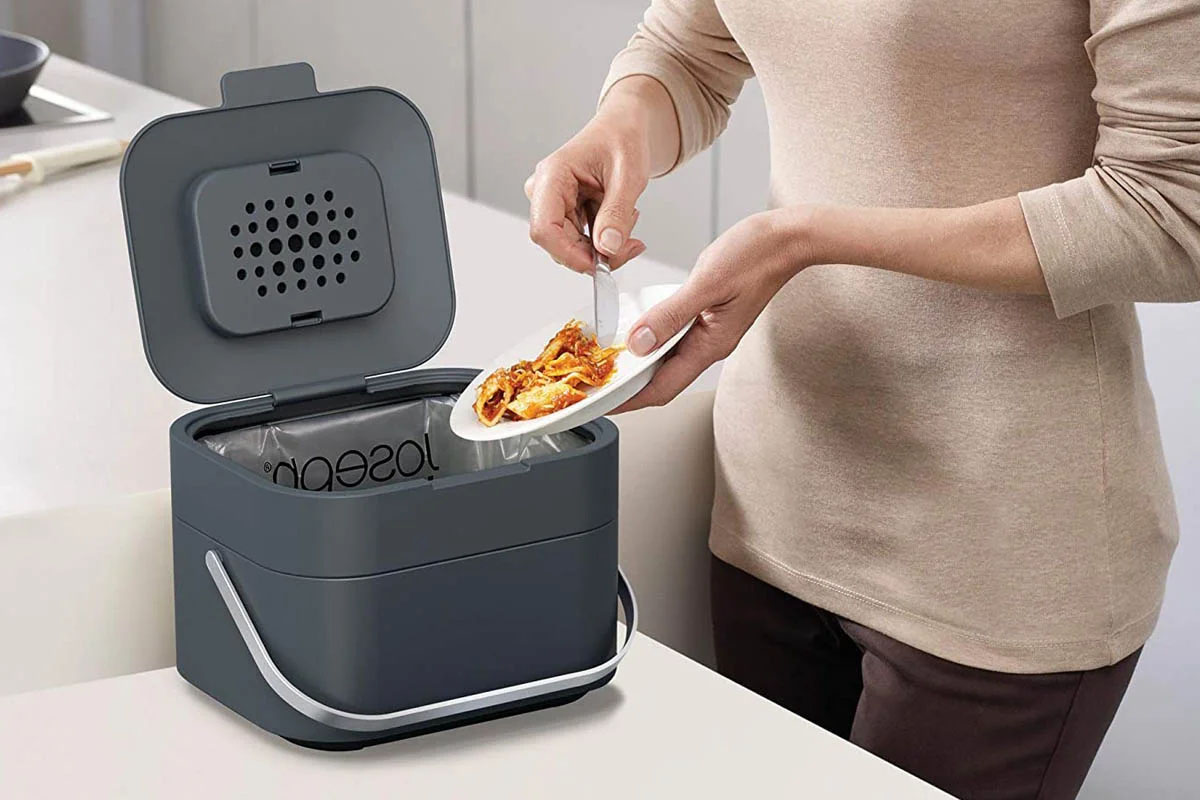
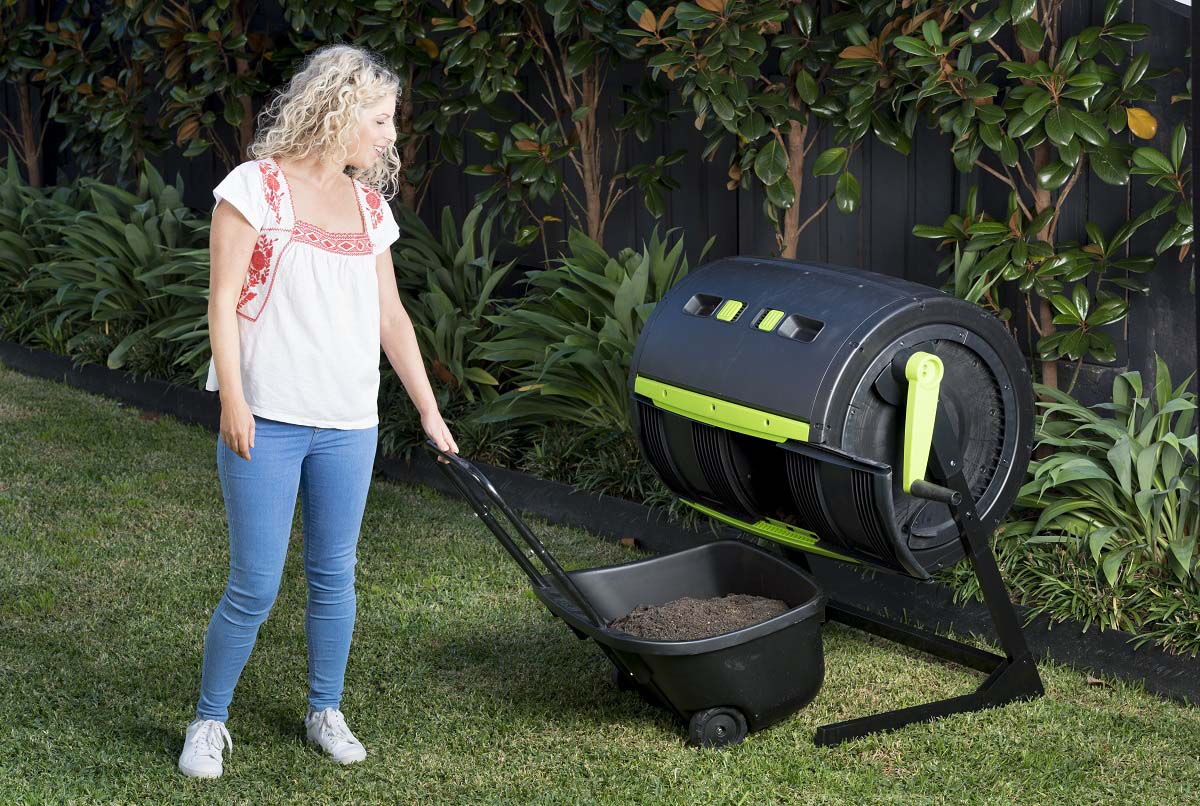
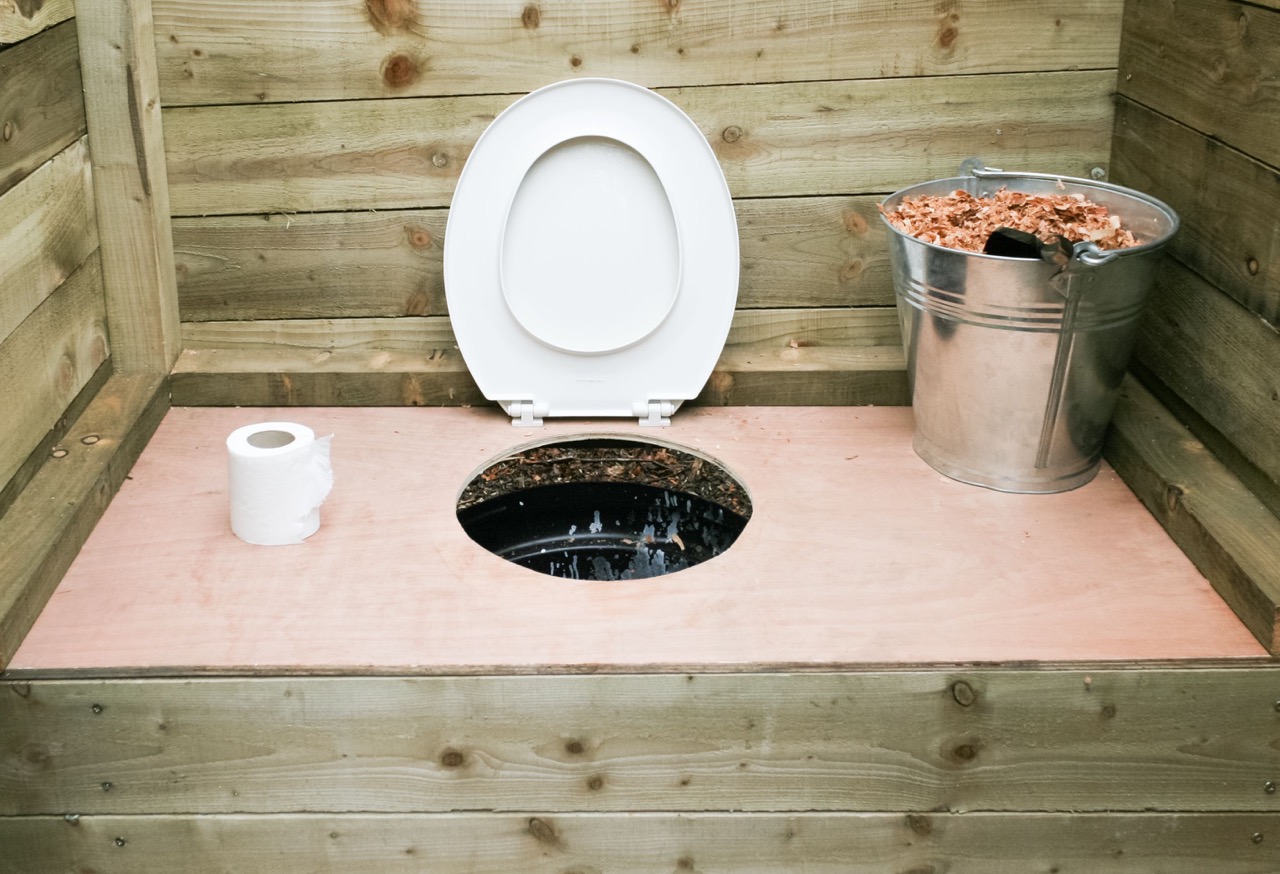
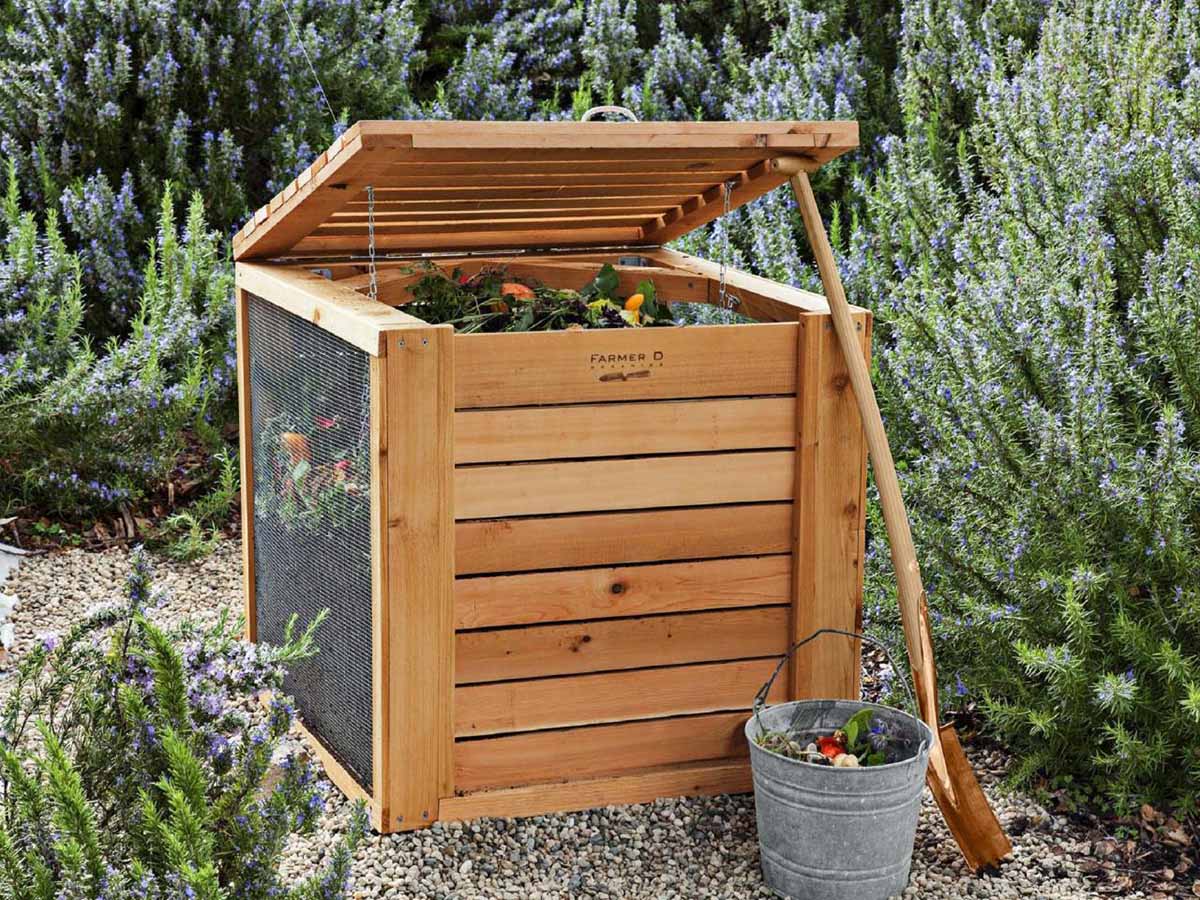
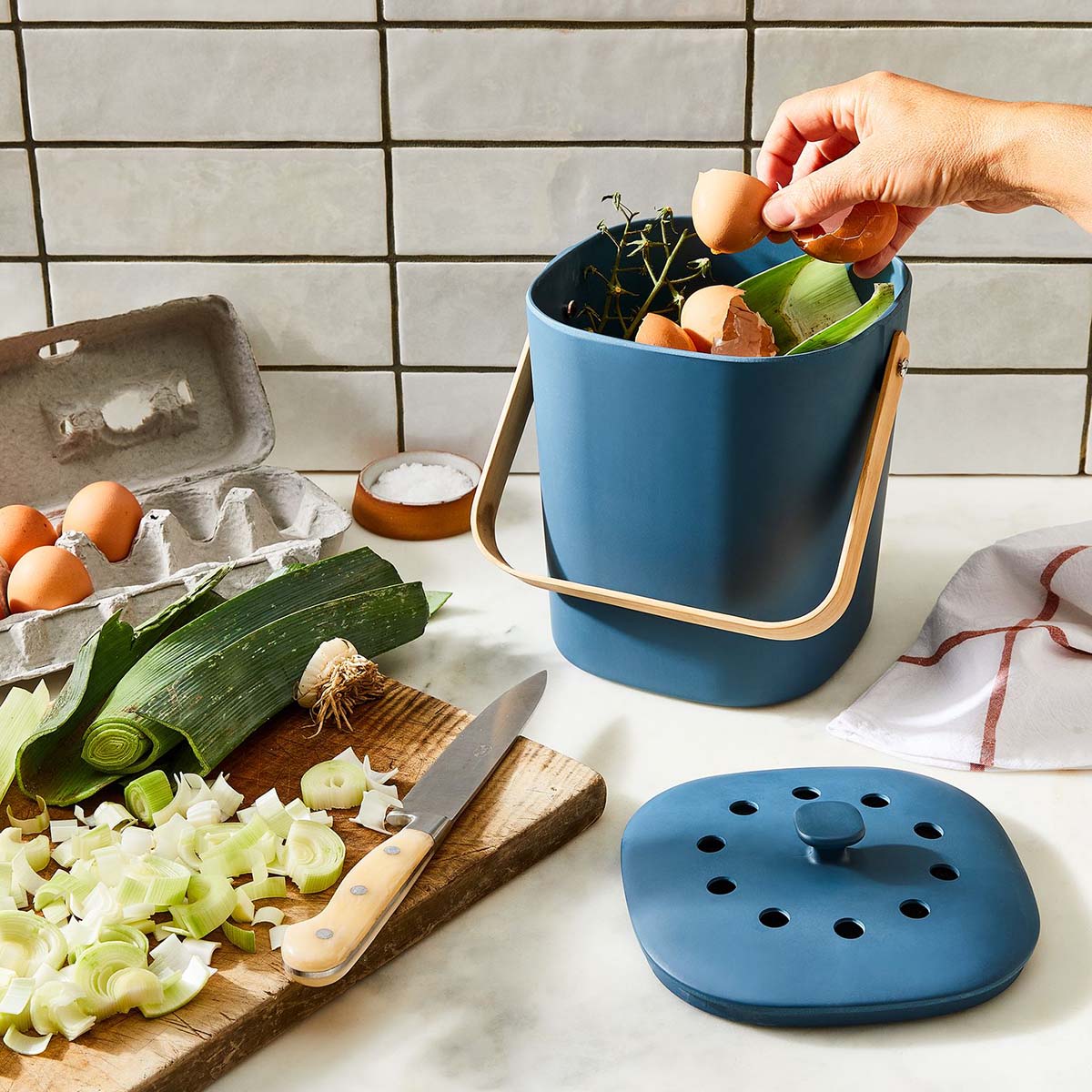
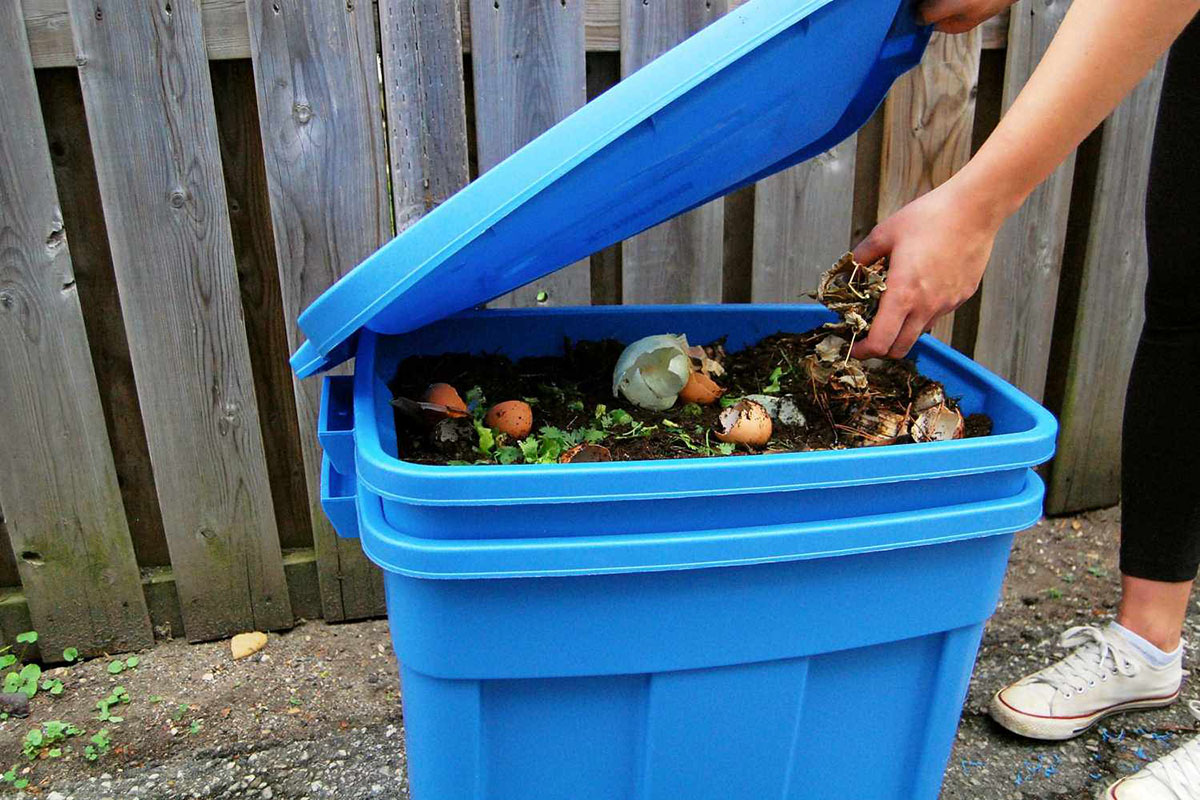
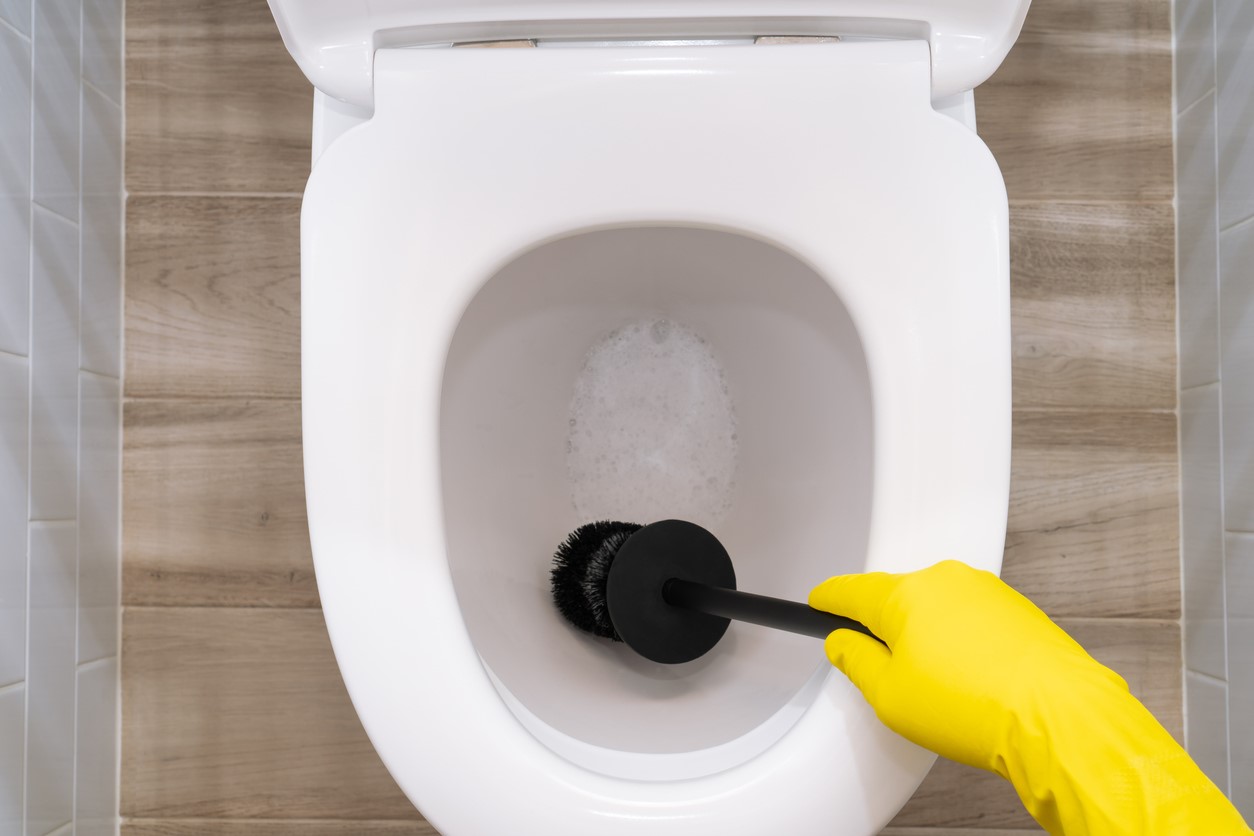
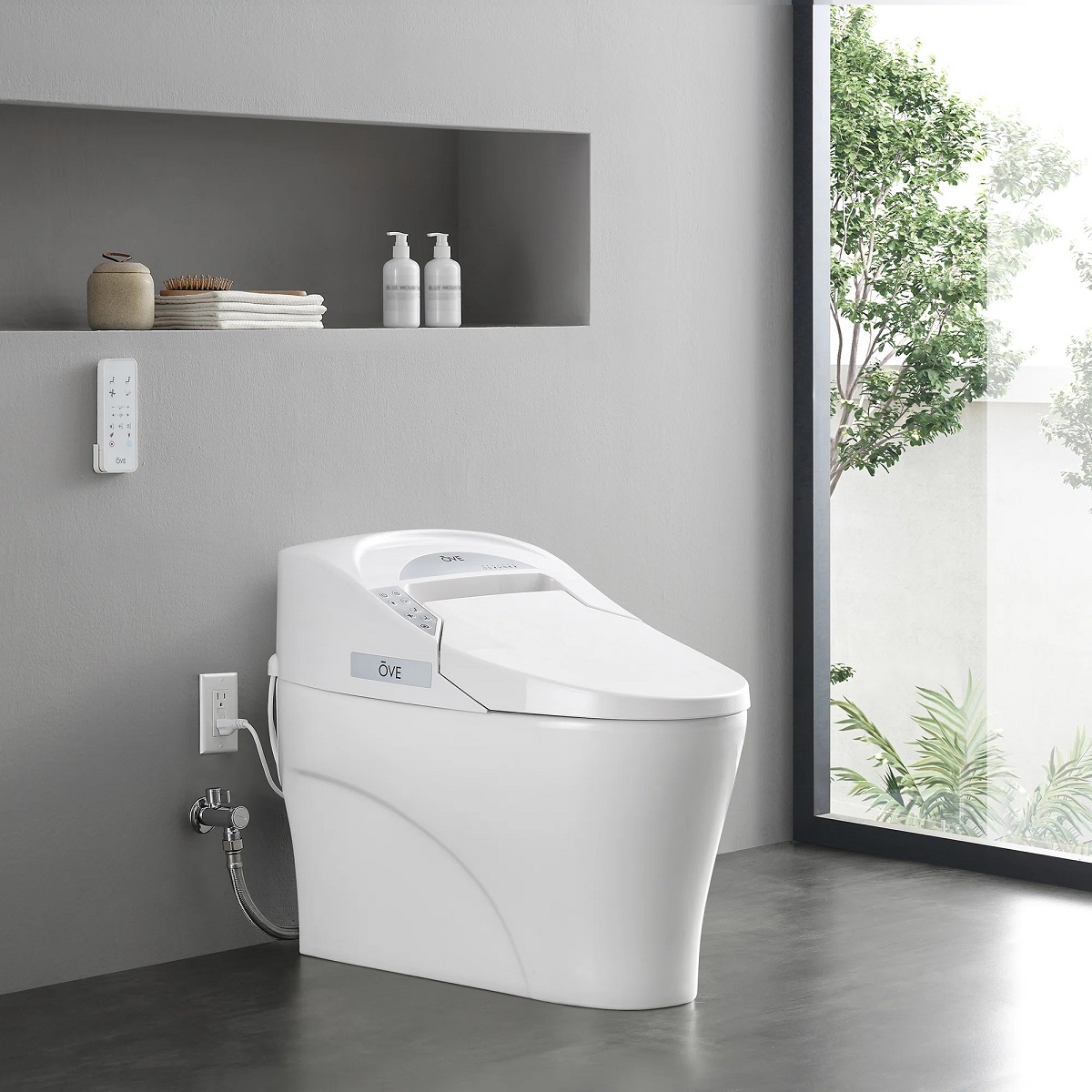
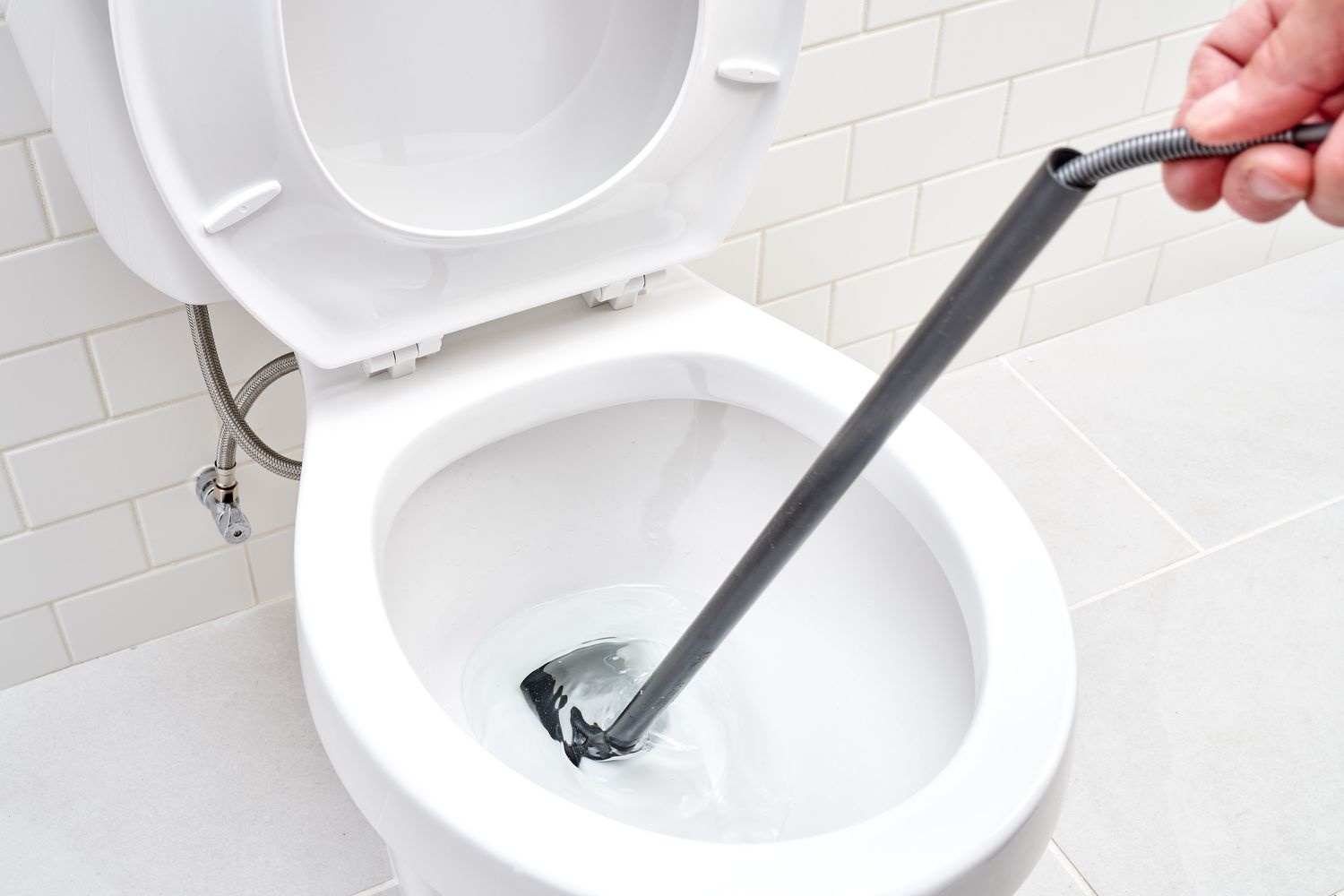
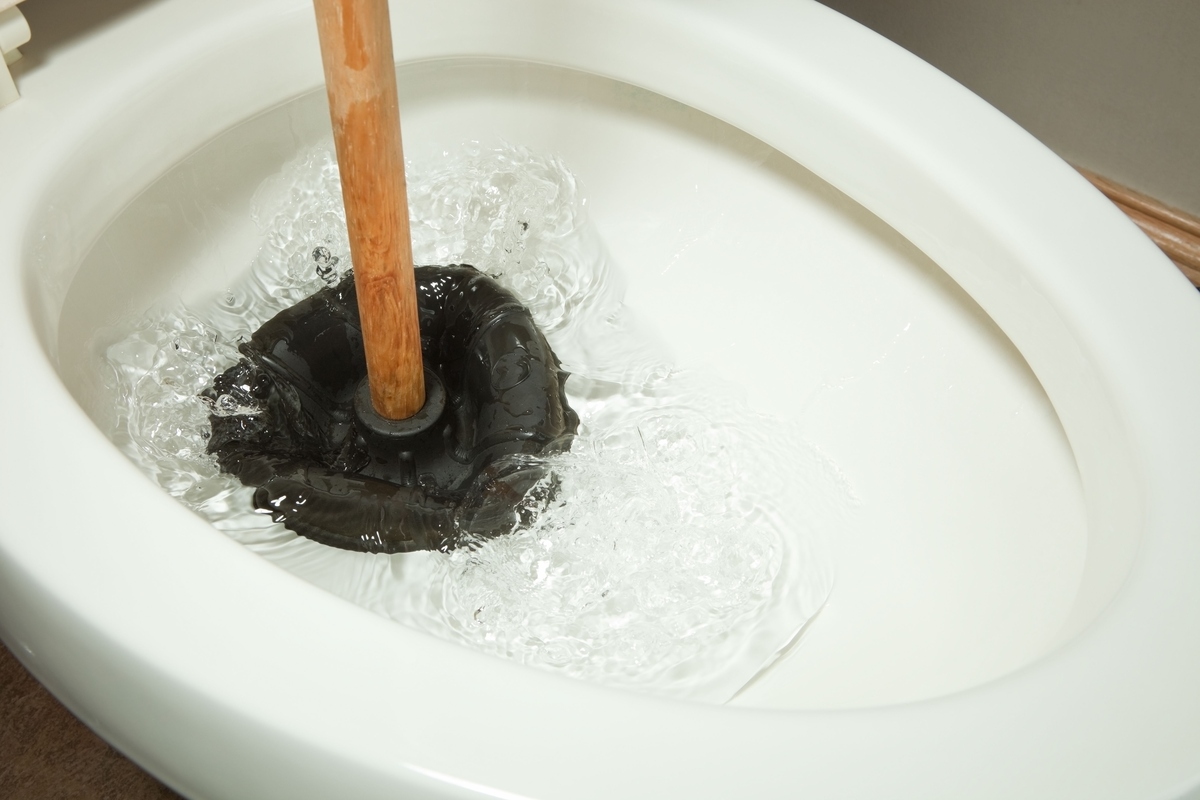
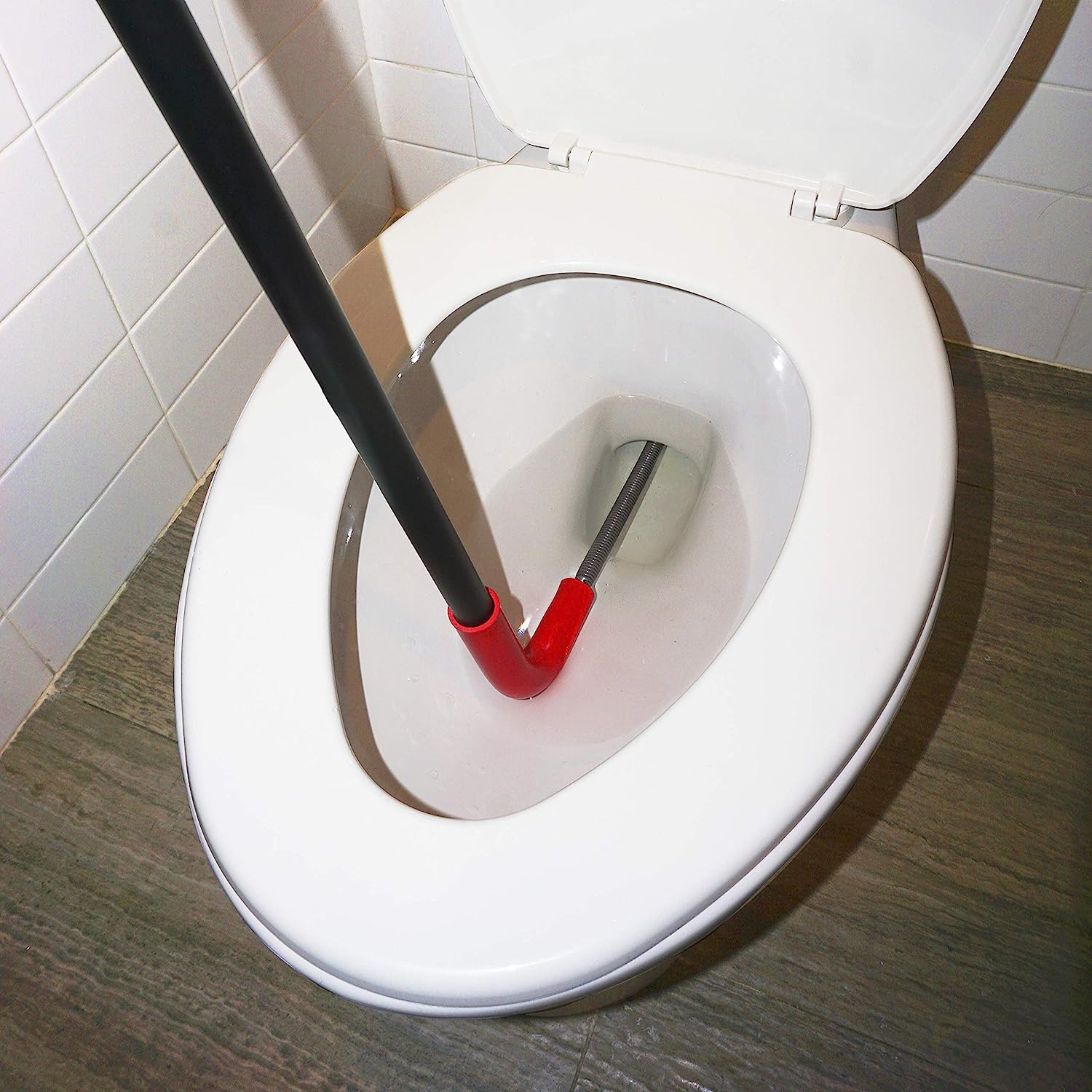

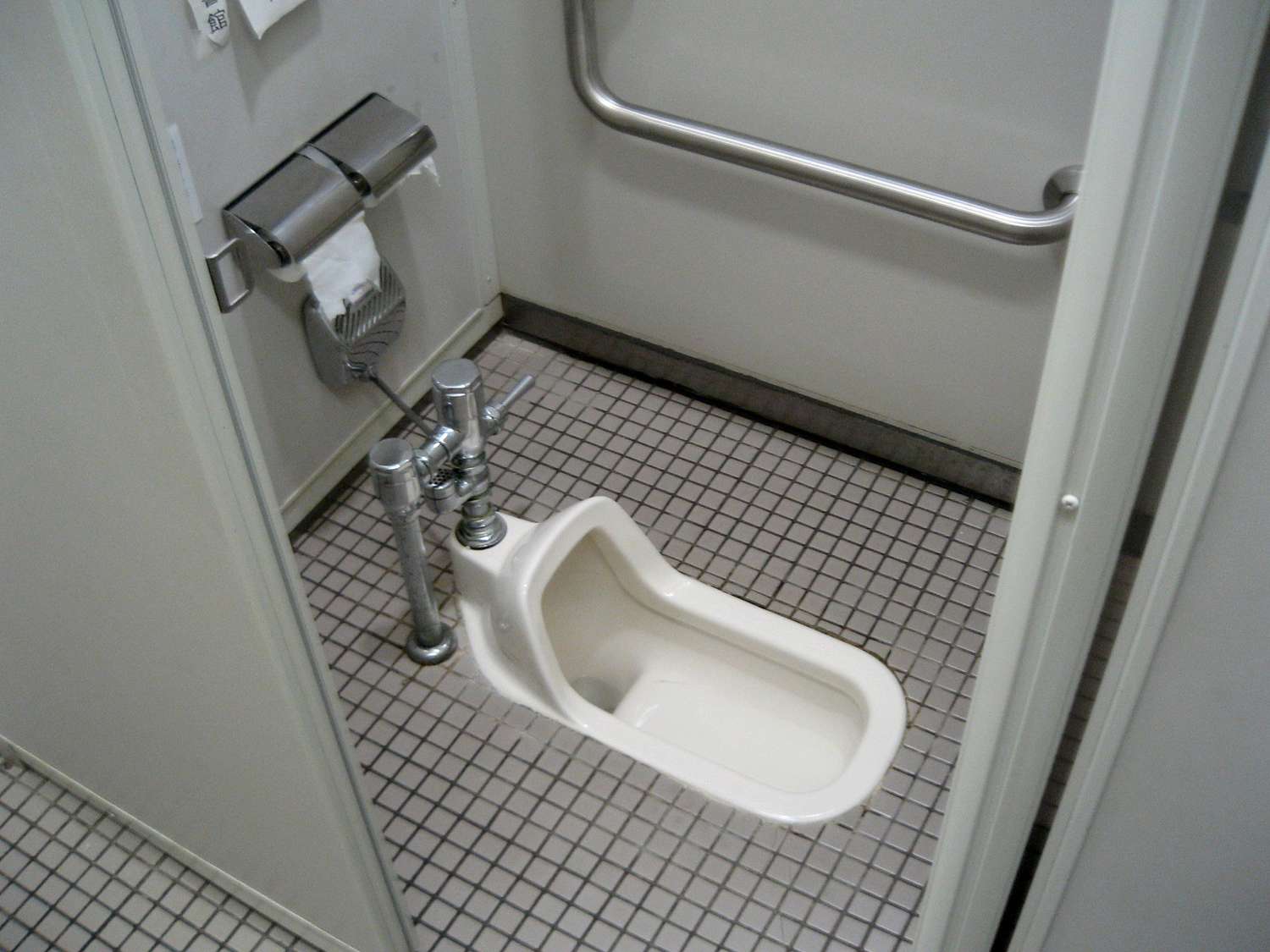

0 thoughts on “How To Use A Composting Toilet”